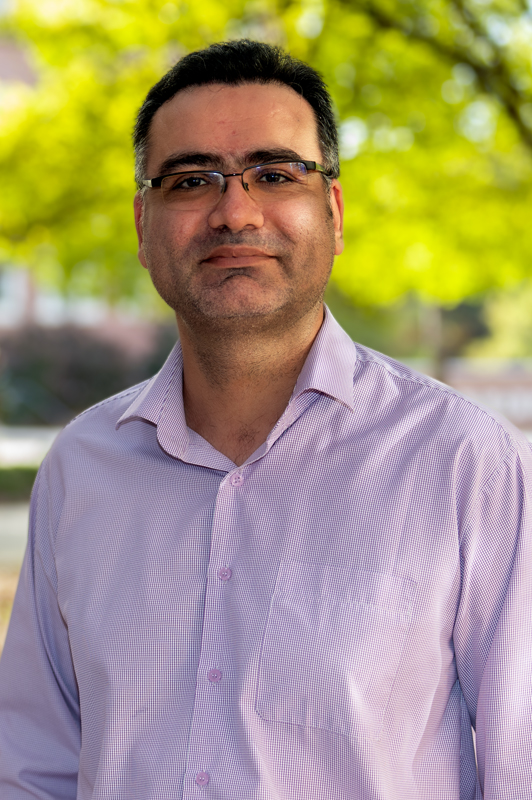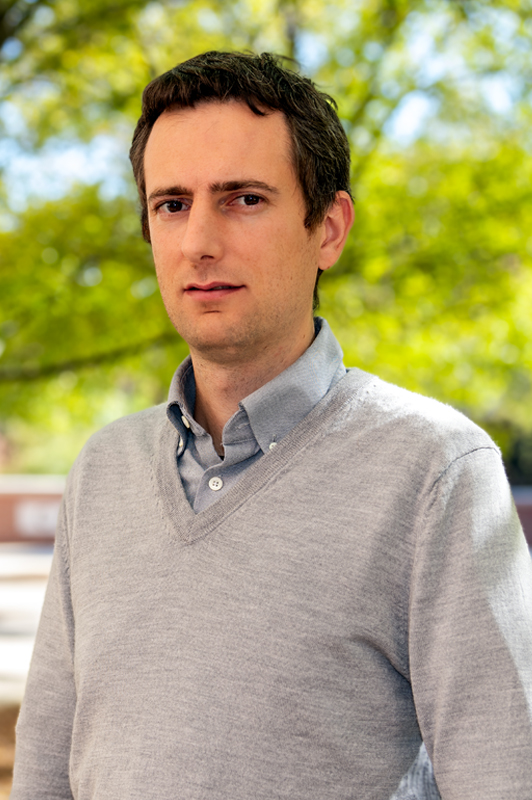Aerospace students challenged to resolve space trajectory issue
Published: Feb 2, 2022 8:55 AM
By Joe McAdory
Four graduate students in aerospace engineering finished 17th (among 94 registered teams) at the most recent Global Trajectory Optimization Competition (GTOC). Mentored by assistant professors Ehsan Taheri and Davide Guzzetti, students Nick P. Nurre, Kanak Parmar, Keziban Saloglu, and Yevhenii (Jack) Kovryzhenko joined some of the brightest aerospace engineers and mathematicians worldwide to resolve a nearly impossible problem for space trajectory design.
The challenge? Twelve stations placed in a to-be-found Dyson ring were tasked to build the mega-structure. Ten spacecraft starting from the Earth had to tour the asteroid belt to activate as many asteroids as possible using a minimal propellant consumption. Each activated asteroid had to complete a low-thrust, constant acceleration spiral aimed at reaching a chosen target station replenishing its building material– and prepare the trajectory plan in less than a month. Known as the Dyson Sphere, the idea was first concocted by mathematical physicist Freeman Dyson in 1960.
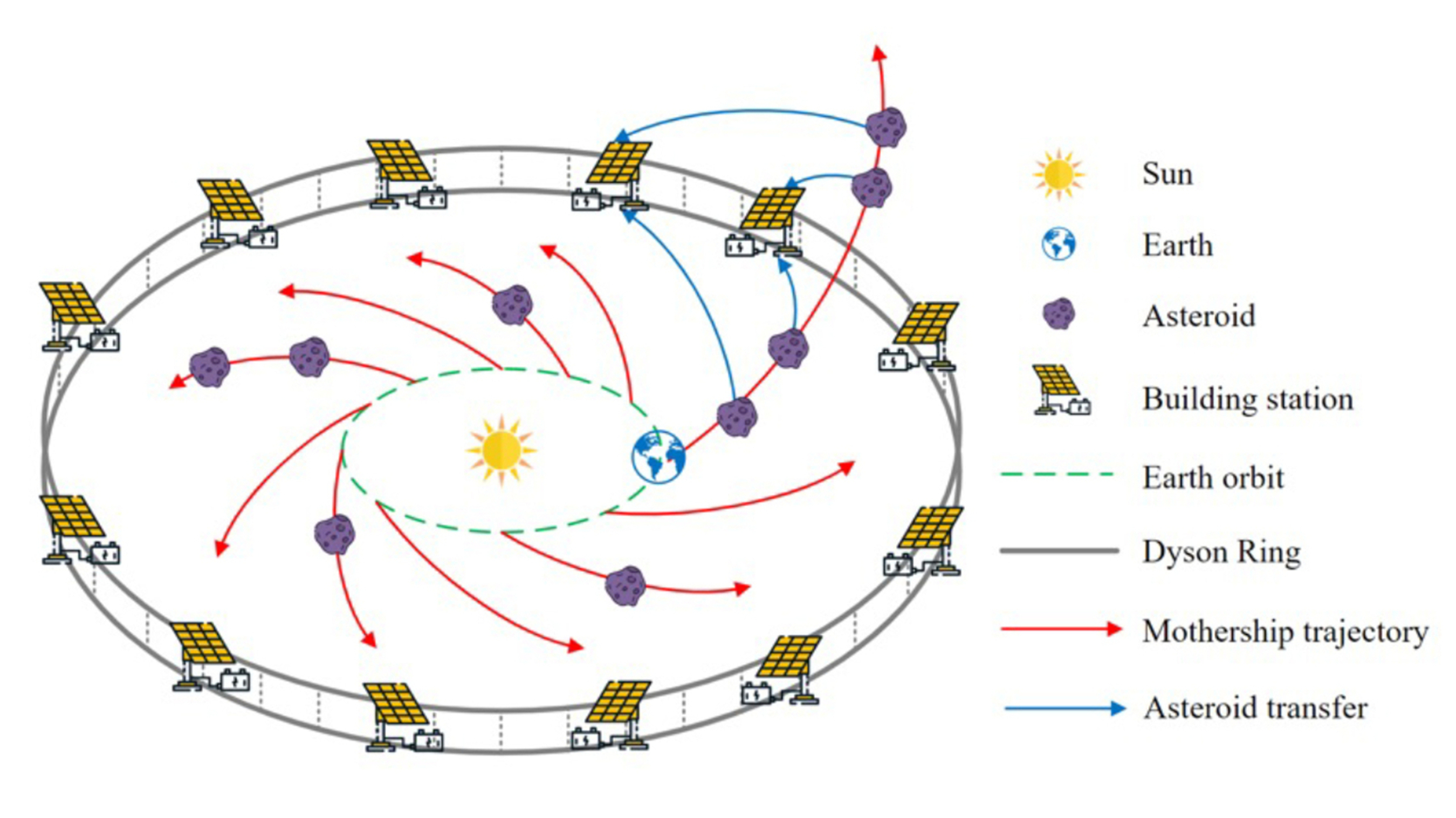
How? One step a time.
“Our team's approach involved the creation of a multi-stage pipeline through which we eventually achieved a valid solution,” said Parmar. “The first component involved pre-selecting the first asteroid candidates that each of the motherships would travel to from Earth, with preference being given to those with appropriate phasing with respect to Earth. After these initial asteroid candidates were found, we applied spectral clustering to identify which nearby asteroids would be traveling at the same relative velocity, and would be easily accessible by the mothership during the flyby sequences. This information was passed to a beam search algorithm, which computed the best sequence options to select from.
“From these sequences, we optimized the mothership trajectory using the Lambert Algorithm and selected the best sequence options as defined by the scoring criteria provided in the competition problem statement. Lastly, these sequences were passed to a low-thrust trajectory optimization solver to simulate the transfer of the asteroids to our selected Dyson Ring orbit in order to construct the 12 building stations. The Dyson Ring orbit was optimized via Edelbaum approximations based on the mothership sequences that we had selected for our solution.”
Many questions were considered: When should each mothership leave Earth? What were the best routes each mothership should take? What asteroids should be prioritized?
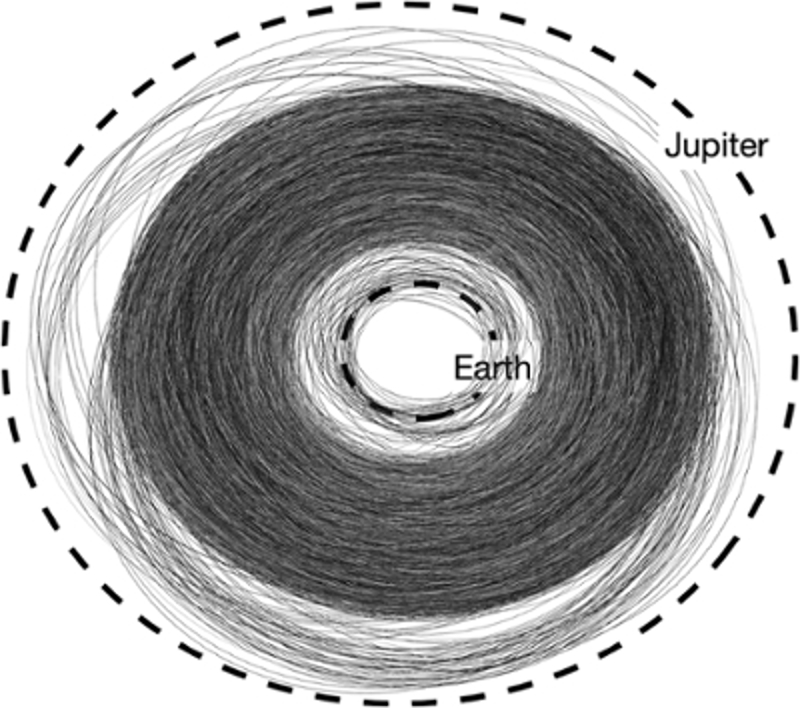
Kovryzhenko said, “After reaching each asteroid and deploying the theoretical propulsion devices, it was assumed that the tagged asteroids would be capable of flying themselves to the 12 locations in the Dyson orbit to be used as raw materials for space station assembly. However, the flight programs have to be determined using optimal control theory principles.”
In its 11th edition, GTOC remains one of the most recognized events of its kind in the space community.
“The problem statements aim to be designed as extremely challenging and demanding, though the applications themselves can be, in some cases, extremely relevant to ongoing efforts within the space exploration industry,” Parmar said. “Being able to participate in this competition allows you to gain a deeper understanding and appreciation of what is required to design realistic space missions and interplanetary trajectories.”
Teams joined for a special online workshop on December 10, where the Top 10 groups presented their respective solutions. Though Auburn did not present, the team was delighted with the presentations.
“We were slightly shocked that our solution methodology was extremely similar to the approaches used by the top 10 teams, which included some of the world's leading experts in trajectory design,” Parmar said. “Though this was the first time we participated in the competition, seeing our solution approach being echoed by the winning team's approaches gave us more confidence in our abilities, and fueled our inner desire to participate in the next edition of the competition.”
Nurre enjoyed the scientific challenge, and also the competition between peer academicians.
“These competitions motivate me tremendously to develop more efficient algorithms that could offer advantages compared to algorithms used by other universities, space agencies and private companies,” he said. “It’s an opportunity to implement skills and research we have developed at Auburn. GTOC is well-known in our field, so many companies or potential employers are impressed with GTOC participants because of the experience that comes with it and the monumental effort needed to even obtain a feasible solution.”
The competition encouraged brainstorming and collaboration – preparing students for careers beyond college.
“There were many teams joining from companies,” Saloglu said. “This means we got to know people around the world working on trajectory optimization and make connections. Also, this competition showed that we are at a level where we can solve such a challenging problem in a limited time by developing codes and algorithms from scratch. This is a marketable skill that helps finding jobs.”
Kovryzhenko added, “Auburn offers a fantastic playground with massive potential for anyone to explore and invest in themselves. The academic environment gives you the opportunity to evolve and almost forces you to become better to pursue the goals you set for yourself.”
“Our students performed well in their very first participation in the GTOC," said Taheri. "More importantly, they demonstrated that they can develop new methods using what they learn in our undergraduate and graduate-level courses. Our department offers courses on Orbital Mechanics, Applied Orbital Mechanics, Optimal Control of Aerospace Vehicles, and Advanced Trajectory Optimization. The topics covered in these courses prepare our students to tackle similar challenging engineering problems. I would also like to thank our collaborators from Imperial College London, Dr. Davide Amato and his team, who helped us with the mothership trajectory design."
Media Contact: , jem0040@auburn.edu, 334.844.3447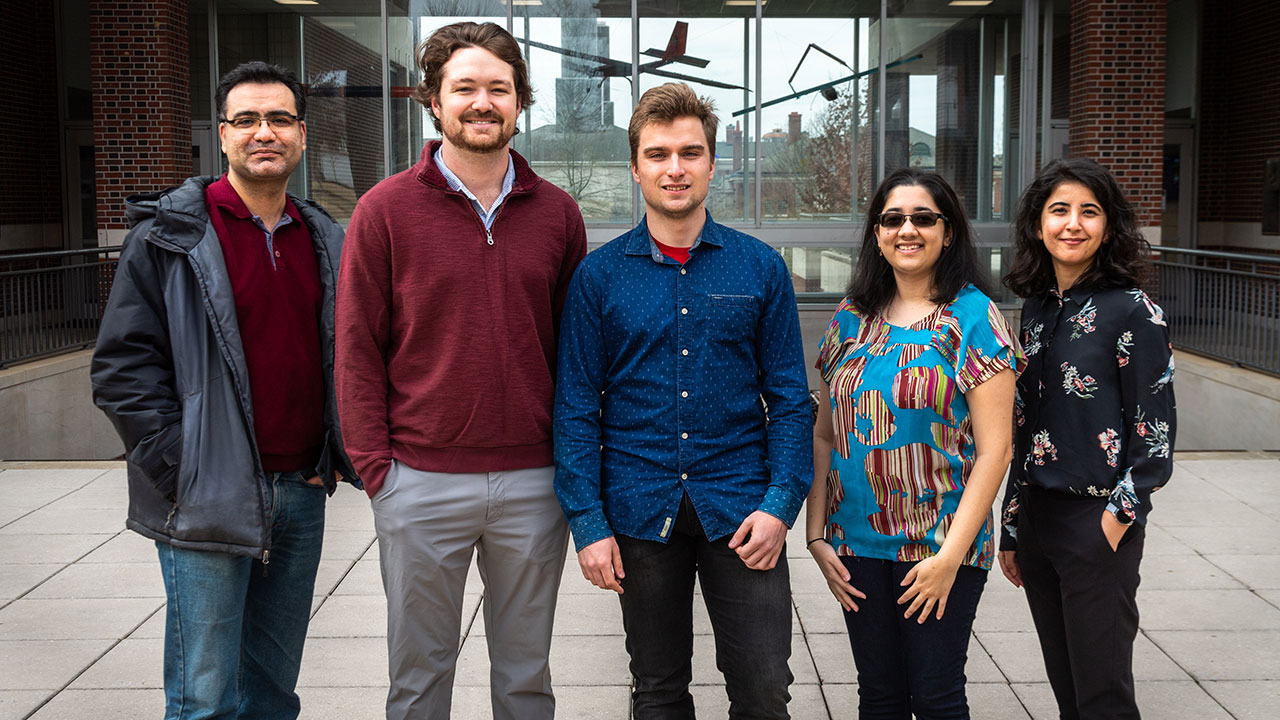
Professor Ehsan Taheri with graduate students Nick P. Nurre, Jack Kovryzhenko, Kanak Parmar and Keziban Saloglu.


